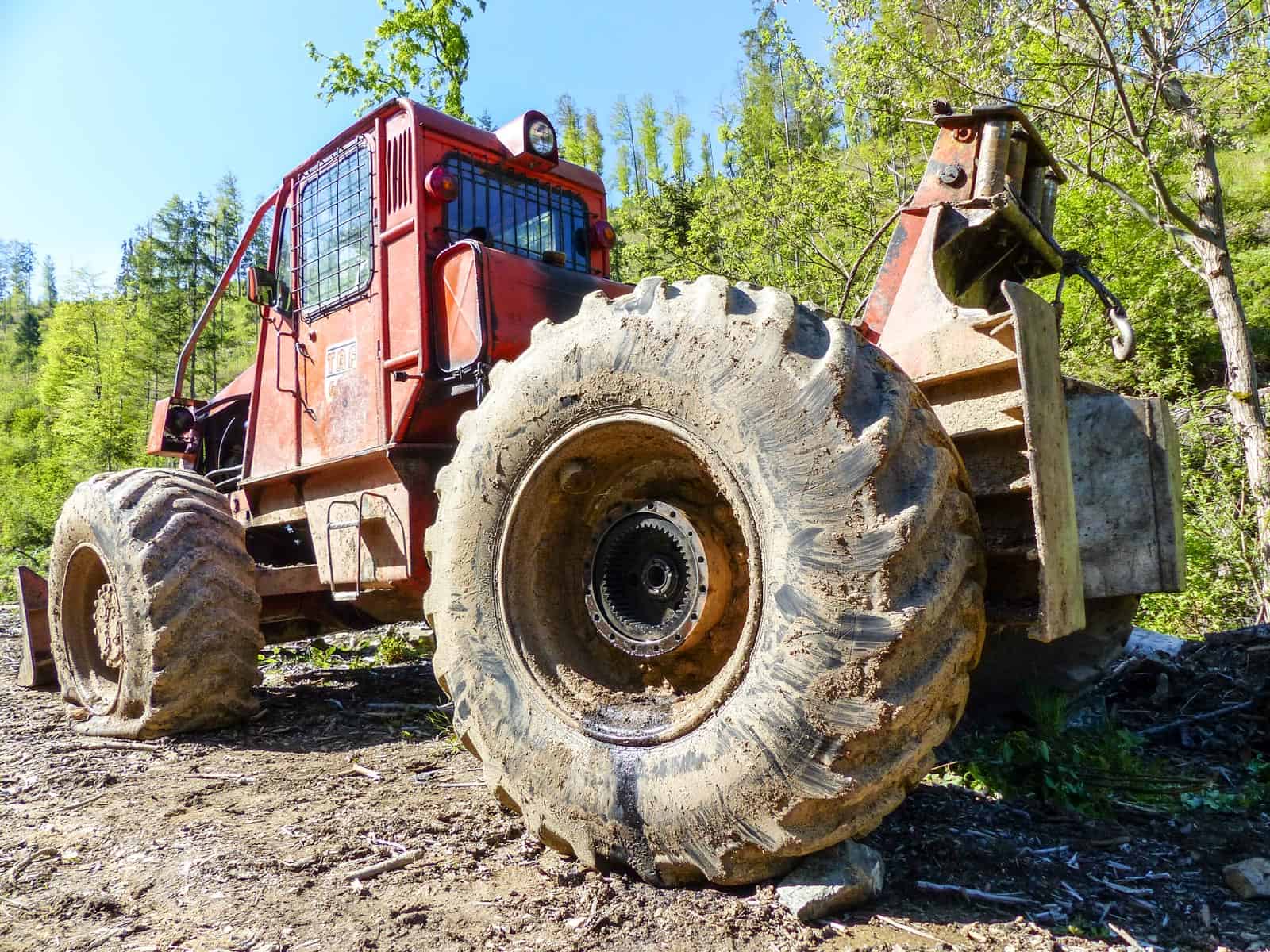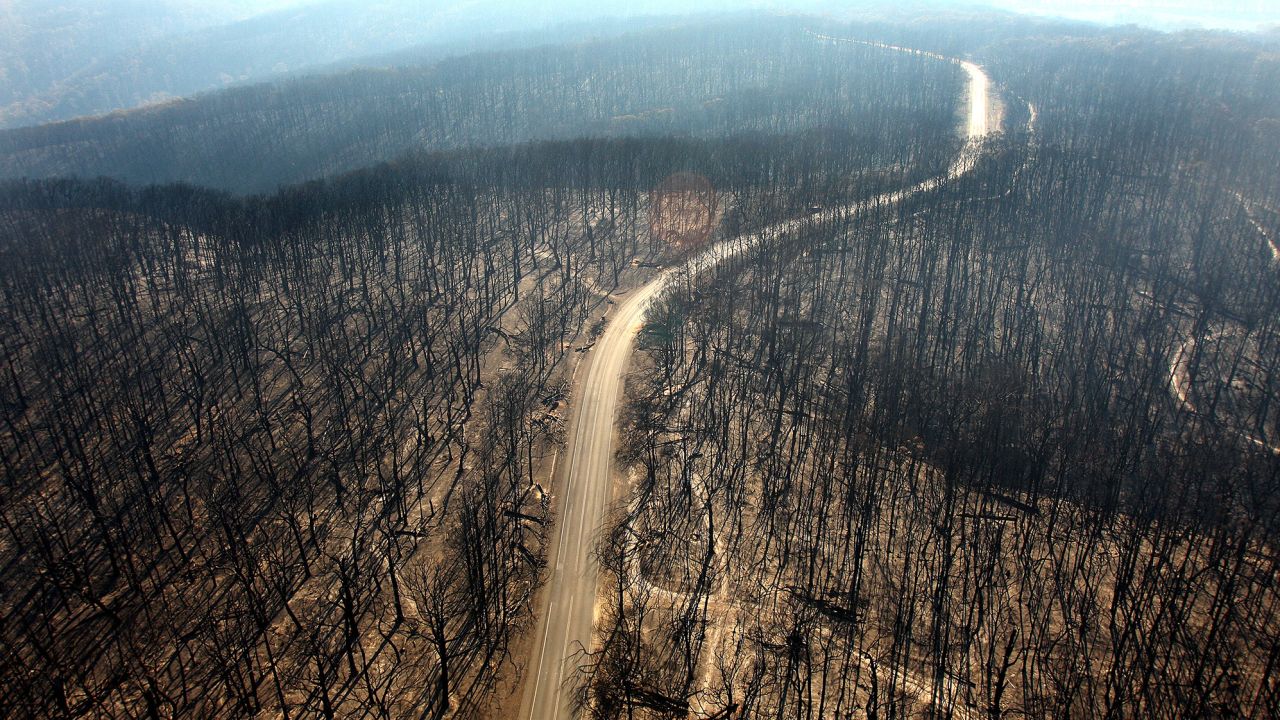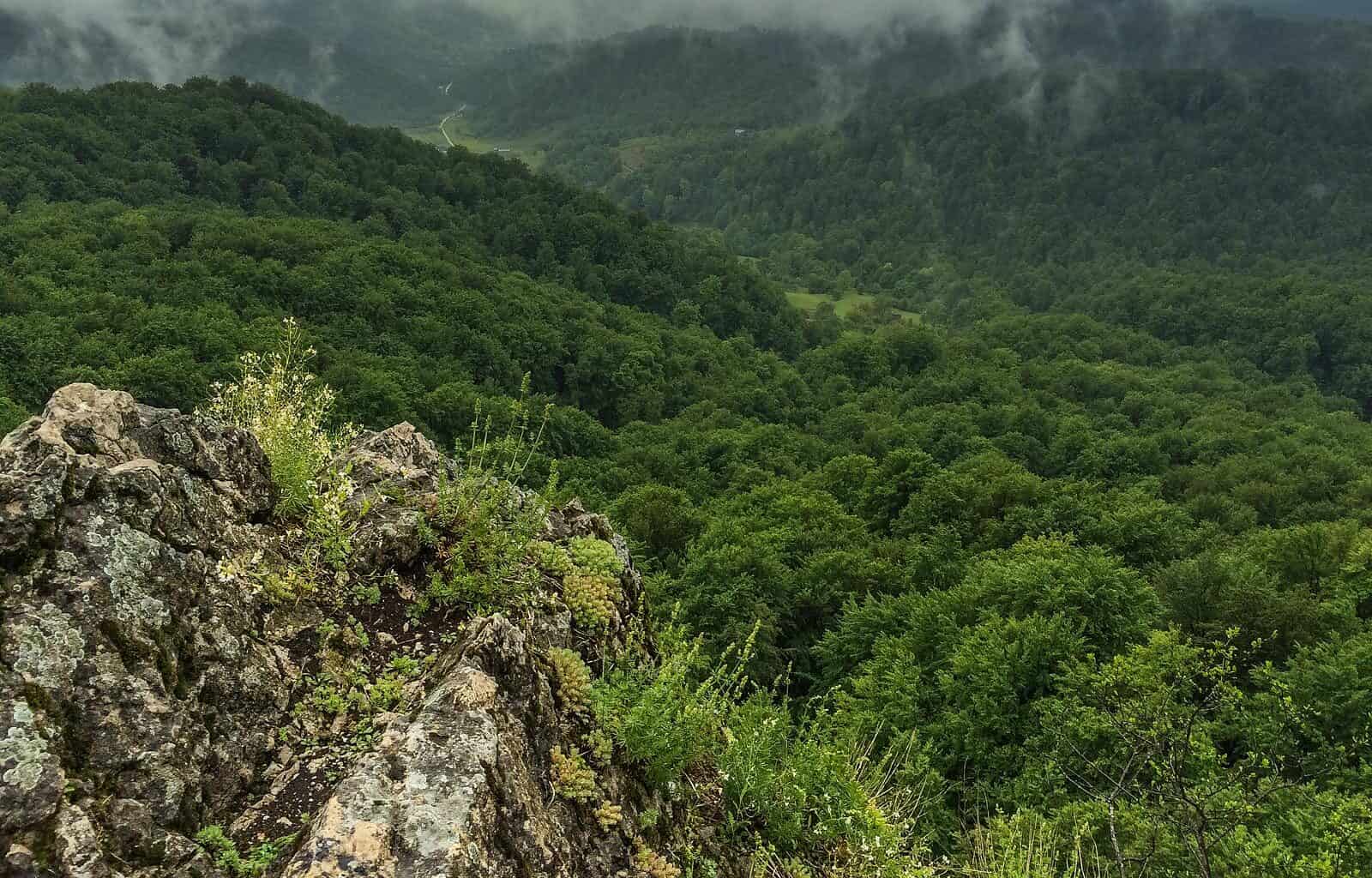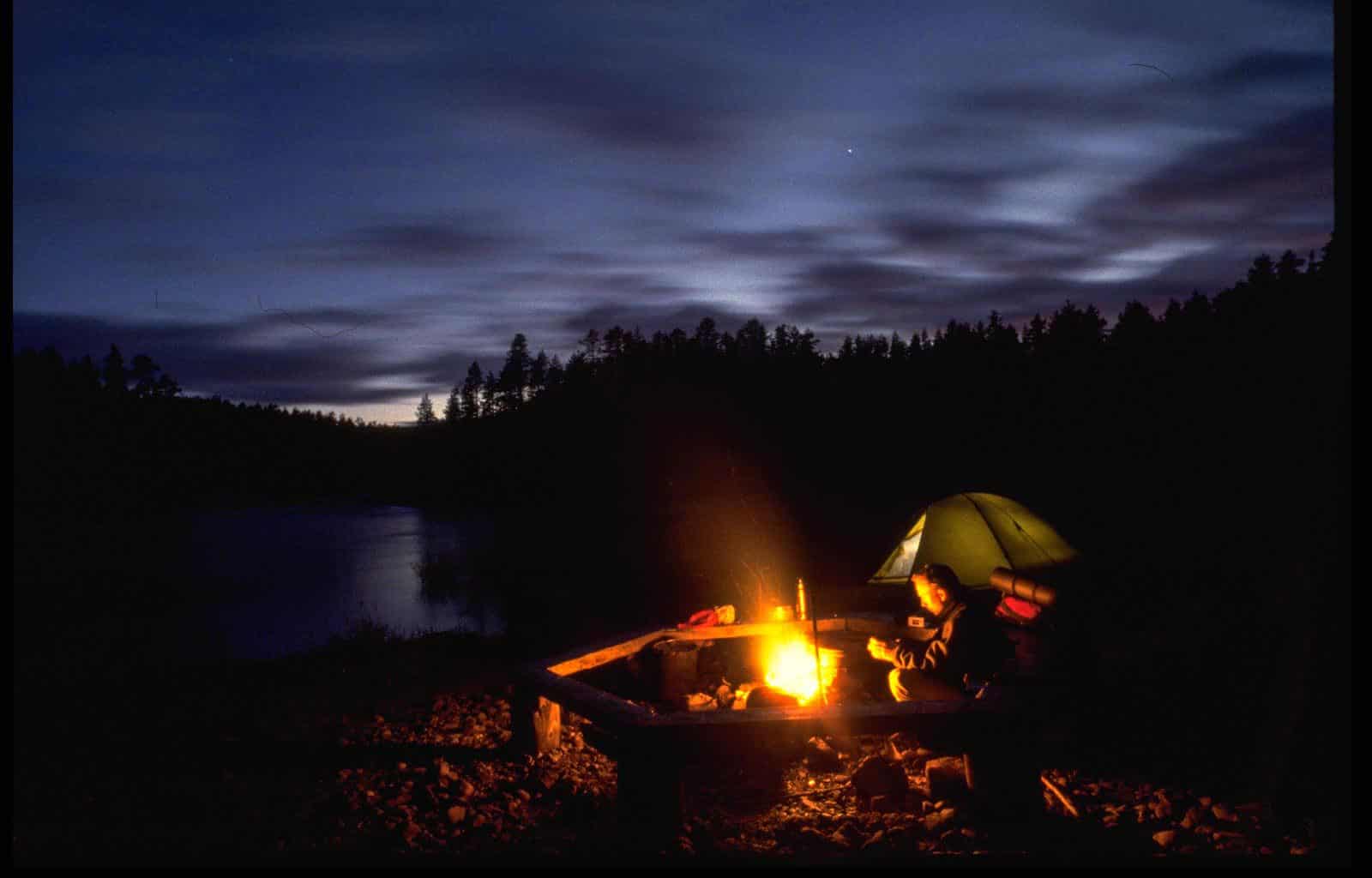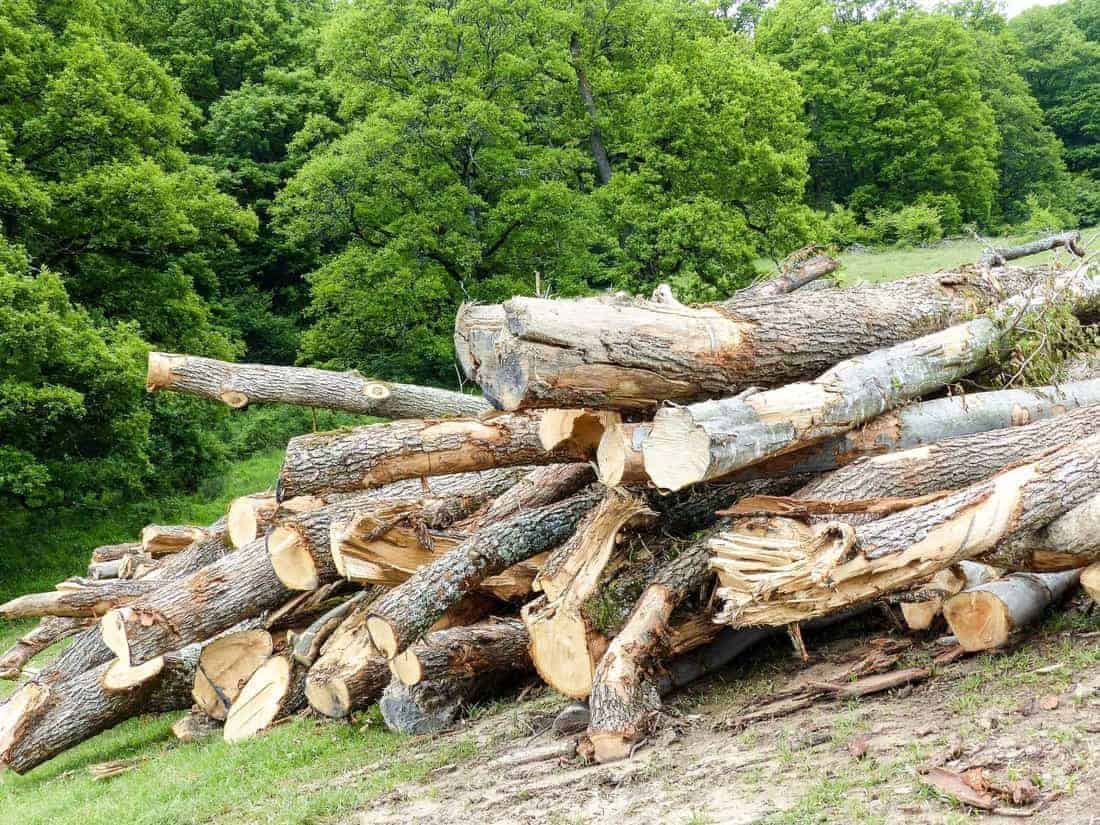About the use of large machines in forestry
The use of large machines in forestry and the associated soil damage is a problem that is widely underestimated. Until the 1950s, timber was harvested almost exclusively by humans and logging horses. It became increasingly uneconomical, but was a method which did not harm the soil. From about the mid-1970s, the horses have been replaced by the roar of the first large forestry machines. Now, it is almost normal to come across large machines on a walking tour through large forests.
It is funny that, before these large machines showed up, exercises of heavy military equipment would have caused any properly working district forester to claim maneuver damage. Actually, Leopard II tanks weigh with their 60 t not much more than today’s loaded forwarders with their 40 t.
What is large-machine-assisted-forestry?
Core elements are:
- Skid lanes: Tree-free lanes at defined intervals (usually 20-40 m)
- (Wood) harvesters: They drive through these lanes, grab trunks on both sides with their gripper arms, saw them off, branch them and bring them to a length of about 3 m
- Forwarders: They also drive through the lanes, collect the logs and stack them along forest roads suitable for trucks to transport them to wood storage places
Development of large-machine-assisted-forestry
According to a very interesting german article, large-machine-assisted-forestry is a reaction to the fact that forest work often leads to serious accidents at work. It is a technical and economic progress, which replaces human work with technological optimization of machine work. Thus, it also allows large scale driving into the forests.
Large-machine-assisted-forestry was invented in Scandinavia. It is shaped by strong winters, rocky soils, a substantial absence of steep slopes and a dominance of fairly uniformly structured coniferous forests. The efficiency of large machines led to a widespread adoption in forests all over Europe, although these can be structured very differently over large areas.
Impacts on forests
In Central Europe, for example in Germany, there are pine-dominated forests on the one hand – rather dry, flat and with a dense ground vegetation of grasses and berries. These forests are more suitable for large machines. On the other hand, there are beech and spruce forests on hillsides in the high-precipitation areas that have hardly any ground vegetation that could dampen tire pressure of large machines.
Because the skid lanes are created for all time and are used regularly at intervals of several years, the lanes remain permanently tree-free. This applies to 10-15% of the forest area. The soil structure in the skid lanes is radically changed. The soil naturally consists of fungal mycelia, which are vital to trees, and they are being destroyed in these lanes. Originally, the use of large machines was only intended during the winter. Nowadays, harvesting of timber is happening all over the year. Moreover, the machines are also used in the sensitive spring and early summer months when bird breeding season is ongoing. Powerful headlights allow working even throughout the night.
Effects of climate change
With the background of climate change, the effects of skid lanes become even more evident. The compacted soil can no longer store water sufficiently. Furthermore, the lanes drain the rainwater superficially and erode the soil, they act like drainage channels. The forest loses water, which is a high disadvantage in times of climate change. In addition, water that is not held in the forest can develop a destructive force in the valleys.
The current forest crisis in Germany is not only a consequence of climate change – the way forests are managed also bears considerable responsibility. There are too many poorly structured and species-poor forests that have been cut up by too many trails. Forest soils are driven on too intensively, and in many places the inner forest climate is damaged by thinning and excessive timber removal.
The use of the machines was planned only for frozen or compact ground. These are conditions that become increasingly rare in times of climate change. The identification of the old skid lanes is made even more difficult when windthrows completely change the forests. If machine operators and forest personnel then still have to work under time pressure, it is obvious that this leads to frequent collision damage to trees that should still have a future.
The complex process of transporting the machines to the place of use hardly allows work to be carried out on a small scale – area and mass must be made. Hence, this is very contradictive to the efforts that should be taken to make forests climate fit. Stocks should be mixed on a small scale, with old and young individuals of different tree species forming habitat mosaics. Moreover, the proportion of hardwood should be increased, whereas harvesting with large machines is constructed for large areas of softwood.
Future prospects
The idea that the forestry should be able to work without large machines in future is difficult because of the economic framework conditions. There have already been some suggestions of how improvements can be achieved. These are for example increased lane spacing, use of cable cranes, supplementing mechanical timber harvesting with the assistance of chainsaw operators, combination of machines and horse-drawn handlers, and leaving tree stumps during timber harvesting for the purpose of marking long-term skid lanes. A technology optimization could be a possible “system-related” solution. Additionally, there may also have to be restrictions – the question will only be which ones.
Ecological forest management as a future prospect
An initiative to create a new study course in ecological forest management (read here in German) has recently been announced by forester Peter Wohlleben and Prof. Pierre L. Ibisch in Eberswalde, Germany. This could also be a promising way for the future of forest management. But as it is always the case with progressive ideas and thoughts, they seem initially threatening for the long-established organizations. It takes time for these ideas to get a foothold in people’s minds. Time that the forests obviously don´t have.

